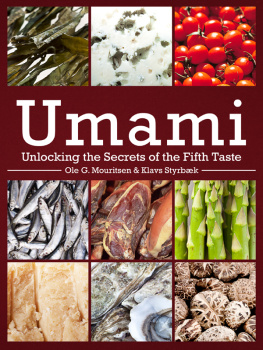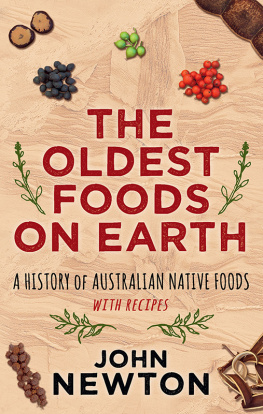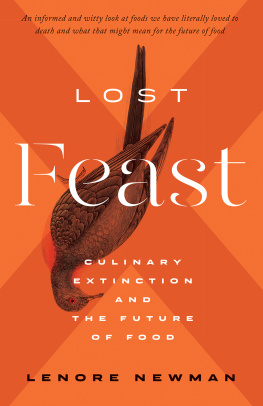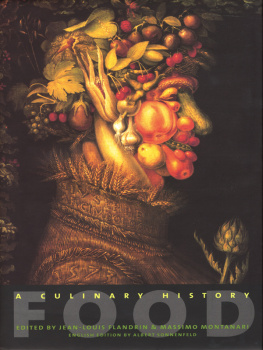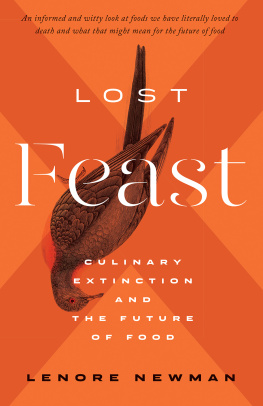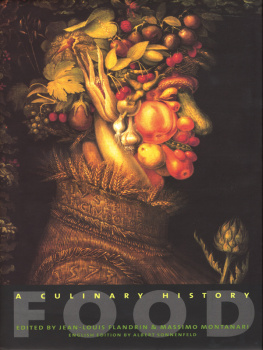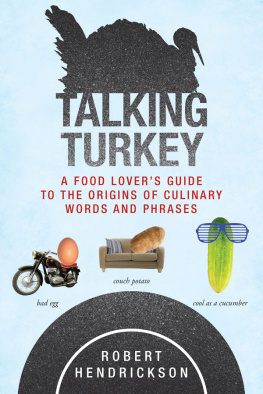ACKNOWLEDGEMENTS
I WOULD LIKE TO EXPRESS MY APPRECIATION to all those who have contributed to this book and the stories it has to tell. Family, friends, neighbours, colleagues, and often total strangers have generously shared information, research, and clues for further investigation, comments, and criticism that have proven to be invaluable as I struggled to complete the manuscript.
First of all, a very special thanks to those dedicated individuals who actually made the publication happen: Barbara Truax for her constant support and attention to detail as the manuscript unfolded; and the staff of The Dundurn Group for their expertise, knowledge, and patience Kirk Howard, Beth Bruder, Michael Carroll, Jennifer Scott, Ali Pennels, and freelance copy-editor Pat Kennedy.
Among those who made contributions were Carol Agnew, Colin Agnew, Julian Armstrong, Anne van Arragon Hutten, Jeanine Avigdor, Jane Beecroft, Dr. Carl Benn, Marty Brent, Bryan Brooks, Kenneth Brooks, Michael Brooks, William Brown, Jr., Christine Caroppo, Dr. John Carter, Dennis Carter-Edwards, David Clark, Janet Cobban, Derek Cooke, Nettie Cronish, Loretta Decker, Paul Denter UE, Dr. Victoria Dickinson, Naomi Duiguid, Judith and John Fitzhenry, Lawrence Fleece, James Fortin, Mary Lou Fox, Lillian Groves, Pamela and Peter Handley, Tom Henighan, Jeanne Hopkins, Robin Inglis, A. Isaacs, Ruth Keene, Rosemary Kovacs, John Laraway, Elizabeth Lavender, Louis Le Bouthillier, Marion Leithead, Joyce Lewis, Reverend John Linton, Michael Liposki, Dr. Glenn J Lockwood, Allen Maitland, Micheline Mongrain-Dontigny, Evan Morton, Harold Nichol, Robin Ormerod, Michele Pacheo, Joyce Pettigrew, Dennis Pollock, Robert Robinson, Nancy Scott, Jacqueline Stuart, Ross Wallace, Catherine Watts, Ian Wheal, and Marion Wilson.
I must also acknowledge the courtesy, assistance, and support I have received while doing my research from the staff of the museums, archives, institutions, and repositories of collections of artifacts and documents, including the Anderson Farm Museum, Lively, Ontario; Anglican Diocese of Ottawa Archives; Archives of Manitoba, Winnipeg; Archives of Ontario, Toronto; Black Creek Pioneer Village, Toronto; Estate of William Kurelek and the Isaacs-Inuit Gallery, Toronto; Fort William Historical Park, Thunder Bay, Ontario; LAnse aux Meadows National Historic Site, Newfoundland; Library and Archives Canada, Ottawa; Muse McCord Museum, Montreal; Museum of Northern History at Sir Harry Oakes Chateau, Kirkland Lake, Ontario; National Gallery of Canada, Ottawa; North York Central Library, Willowdale, Ontario; Ontario Archaeological Society; Parks Canada; Sears Canada Inc.; Smiths Falls Public Library; Toronto Reference Library; Tweed Museum and Heritage Centre, Tweed, Ontario; Village Historique Acadien, Caraquet, New Brunswick; and the Womens Culinary Network.
PREFACE
C ANADIANS AT TABLE: FOOD, FELLOWSHIP, AND FOLKLORE is an introduction to the incredibly diverse culinary history of this vast land we call Canada. As we move along a historical path from First Nations to newcomers, we learn how skilled our ancestors were at surviving and prospering, despite the challenges of climate, geography, and environment.
Every topic touched on here deserves to be explored and recorded in greater detail. Every topic deserves its own publication or series of publications to understand and appreciate its true significance.
The sheer size of this nation, stretching from sea to sea to sea, and its dramatically differing regions, have spawned a bountiful legacy of food and beverages. In many regions of Canada, dedicated historians, cooks, chefs, authors, and other interested individuals have recorded their own rich local histories of food, beverages, and medicines. I hope their work and this brief overview will inspire others to tell their personal stories, to research local culinary traditions, to read local handwritten and published cookbooks, diaries, and other historical records, and to discuss with their neighbours, friends, and family how their food and beverage traditions have remained constant or changed over time.
How did our ancestors constantly adapt and invent recipes with a surplus of some ingredients or a scarcity of others, while trying to feed their family, their crew, or their customers? A great deal of experience and ingenuity has never been recognized nor recorded. I hope, by turning readers into reporters and scribes, to help preserve a more complete record of everyday Canadians and their everyday meals for future generations. I also hope Canadians at Table will be the catalyst for new research, recording, and experimenting. We must treasure this, one of the greatest culinary histories in the world, one of which every Canadian should be proud.
Dorothy Duncan
Willowdale, Ontario
June 2006

BIBLIOGRAPHY
Abrahamson, Hilary. Victorians at Table: Dining Traditions in Nineteenth Century Ontario. Toronto: Ontario Ministry of Culture and Recreation, 1981.
Agnew, Colin, Dorothy Duncan, and Jeanne Hughes, eds. Celebrating One Thousand Years of Ontarios History. Willowdale, ON: Ontario Historical Society, 2000.
Aitken, Julia, and Anita Stewart. The Ontario Harvest Cookbook. Toronto: Macmillan of Canada, 1996.
Aitken, Kate. Kate Aitkens Canadian Cook Book. Montreal: The Standard, 1945.
Alberta Pictorial Cookbook. Alberta: Nimbus Publishing. 1988.
Allen, G.P. (Glyn). Days to Remember. Toronto: Ontario Ministry of Culture and Recreation, 1979.
Ambrose, Linda M. For Home and Country: The Centennial History of the Womens Institutes in Ontario. Guelph, ON: Federated Womens Institutes of Ontario, 1996.
Asperne, James. An Account of the Island of Prince Edward with Practical Advice to Those Intending to Emigrate. London: James Asperne, 1883.
Balcom, B.A. History of the Lunenburg Fishing Industry. Lunenburg, NS: Lunenburg Marine Museum Society, 1977.
Barer-Stein, Thelma. You Eat What You Are. Willowdale, ON: Firefly Books 1999.
Barkey, Jean. Stouffville 18771977: Stouffville, ON: Stouffville Historical Committee, 1977.
Barss, Bunny. Oh, Canada! A Celebration of Great Canadian Cooking. Calgary: Deadwood Publishing, 1987.
Barss, Bunny, and Sheila Kerr. Canadian Prairie Homesteaders. Calgary: Barss and Kerr, 1985.
Beeson, Patricia. Macdonald Was Late for Dinner: A Slice of Culinary Life in Early Canada. Peterborough, ON: Broadview Press, 1993.
Benoit, Jehane. Madame Benoits Library of Cooking. Vols. 112. Montreal: Les Messageries du St-Laurent Lte., 1972.
Benoit, Jehane. Traditional Home Cooking. Saint-Lambert, QC: Les Editions Hritage, 1988.
Berton, Pierre, and Janet Berton. Pierre and Janet Bertons Canadian Food Guide. Toronto: McClelland & Stewart, 1974.
Best of the Fairs. Toronto: Canadian Association of Exhibitions and Robin Hood Multifoods Ltd., 1986.
Bidgood, Judy. Tea-Time Victoria. Victoria: Monk Publications, 1983.
Boegh, Beth, ed. Homesteading at Pass Lake, 19241934: A Memoir by Karl (Charles) Hansen, Papers and Records. Thunder Bay, ON: Thunder Bay Historical Museum Society, 2002.
Brown, George W. Building the Canadian Nation. Toronto: J.M. Dent & Sons, 1958.
Brown, Ron. At the (Railway) YMCA, The Beaver. Winnipeg: Canadas National History Society, 1999.
Burkhardt, Barbara Barrie, Angus McLean, and Doris Kochanek. Sailors and Sauerkraut. Sidney, BC: Grays Publishing, 1978.
Burpee, L.J. The Beaver Club,


